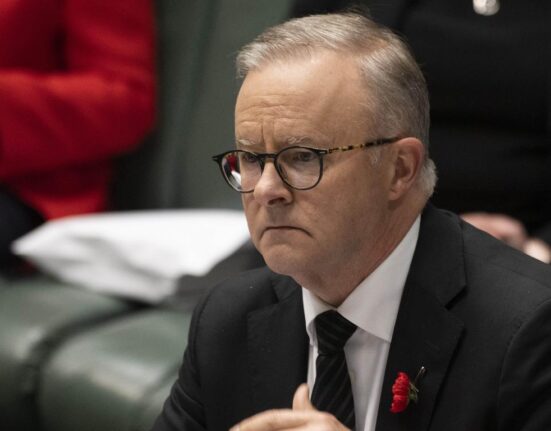Australia is a land of innovation, where deep tech founders are pushing boundaries and dreaming big. But amidst the ambition lies a pressing need for smarter capital models to match the complexity of their ventures. According to Kylie Frazer, co-founder of Flying Fox Ventures, not every deep tech researcher aspires to build a billion-dollar empire. The mismatch between aspirations and available funding options is a subtle yet significant challenge in Australia’s deep tech landscape.
In a recent interview at the UNSW Founders investor summit, Frazer highlighted the dilemma faced by science-led founders:
“Matching the ambition with the type of capital that it needs is tricky.”
While researchers are well-versed in securing grants, venturing into traditional venture capital territory can be daunting. Frazer emphasized that venture funding is not always suitable for every company, leading to a gap in funding diversity for deep tech startups.
The debate around grants versus venture capital was further illuminated during the summit when Michael Harries from The Robotics Hub referred to grants as a “trap,” emphasizing the pivotal role of VC dollars in propelling business growth. Frazer acknowledged the importance of grant funding but cautioned against solely chasing grant milestones instead of focusing on commercial progress. She underscored that grants play a crucial role in supporting deep tech companies but advocated for setting strategic milestones and embracing flexibility in pursuit of sustainable growth.
Amidst these challenges lies an opportunity for blended capital approaches to revolutionize early-stage investing in deep tech. Frazer discussed how blending grant funding with strategic investments and patient capital could provide founders with alternative pathways beyond traditional bootstrap or unicorn-hunting strategies. This diversified approach aims to enhance liquidity opportunities for investors while fostering sustainable growth within the ecosystem.
For those eyeing venture-scale success, structural hurdles such as intellectual property ownership levels pose additional obstacles. Frazer highlighted disparities between Australian universities’ equity stakes in spinout companies compared to their U.S. counterparts, suggesting room for improvement in aligning ownership structures with global standards.
Looking ahead, Frazer remains optimistic about increased VC involvement in academia and its potential to drive innovation and economic competitiveness. Her sentiments resonate with calls across the sector to overhaul outdated commercialization systems and embrace diverse sources of capital essential for nurturing Australia’s deep tech potential.
As Elaine Stead from Main Sequence aptly noted, Australia must shift its perception of deep tech from being a cost center to recognizing it as a catalyst for future global competitiveness. Damian Kassabgi from Tech Council echoed similar sentiments by advocating for research funding aligned with market potential rather than just academic outputs.
In conclusion, Australia’s deep tech founders require tailored financial support aligned with their diverse ambitions – whether aiming for unicorn status or pursuing modest commercialization paths. Embracing a nuanced ecosystem capable of accommodating varied founder aspirations will be key to unlocking Australia’s full innovation potential.









Leave feedback about this